The little-known NASA PCA program may one day save an airliner (or other aircraft) whose crew faces a terrifying prospect: no flight controls.
The term “Black Swan” event describes something that is perilous but extremely rare. In aviation, it would be something that the world’s airliner fleet collectively wouldn’t see for decades. But it would be something likely to be fatal IF it ever happens.

A total loss of flight controls due to a complete failure of multiple hydraulic systems may well be such a “Black Swan” event. It has happened at least twice over the last half-century. The first one involved a Douglas DC-10 (a precursor to the MD-11 that NASA used for the PCA), which operated United Airlines Flight 232.
On that occasion, an uncontained engine failure took out hydraulic lines that disabled all hydraulic systems. The two pilots and the flight engineer (plus a third pilot that had been in the passenger cabin) could only control the jet using differential thrust from the two remaining engines.
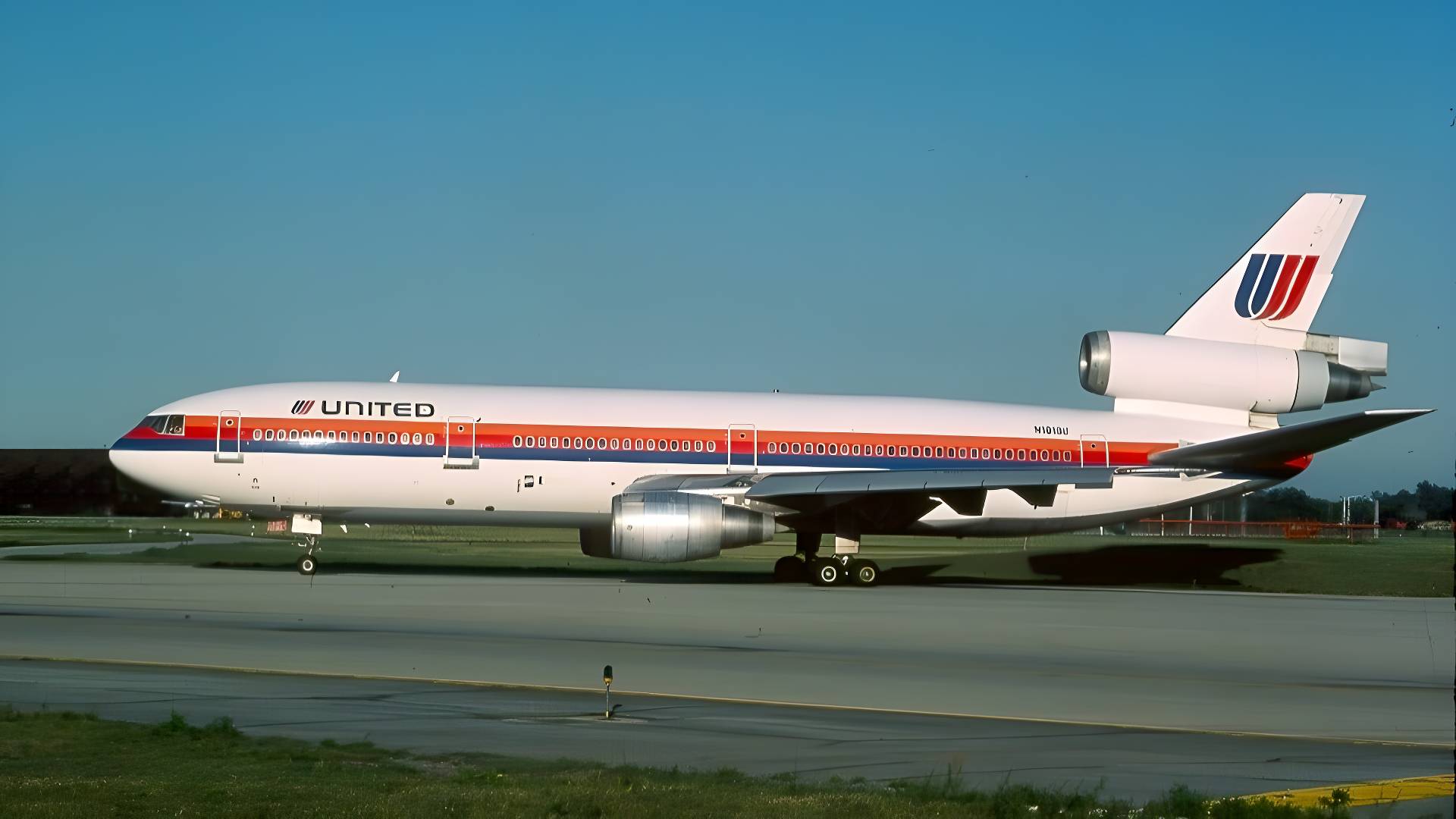
Eventually, the crew brought the aircraft down to Sioux City Airport (KSUX) in Iowa, USA. Out of the 296 people on board, 112 perished. But given the total lack of flight controls, the survival of the remaining 184 occupants was remarkable.
A More Positive Follow-Up
Also remarkable was the second such event. This time, an Airbus A300 freighter operating for DHL was hit by a portable ground-to-air missile over Bagdad, in 2003. That aircraft had just taken off from Bagdad International Airport (ORBI), heading for Bahrain.
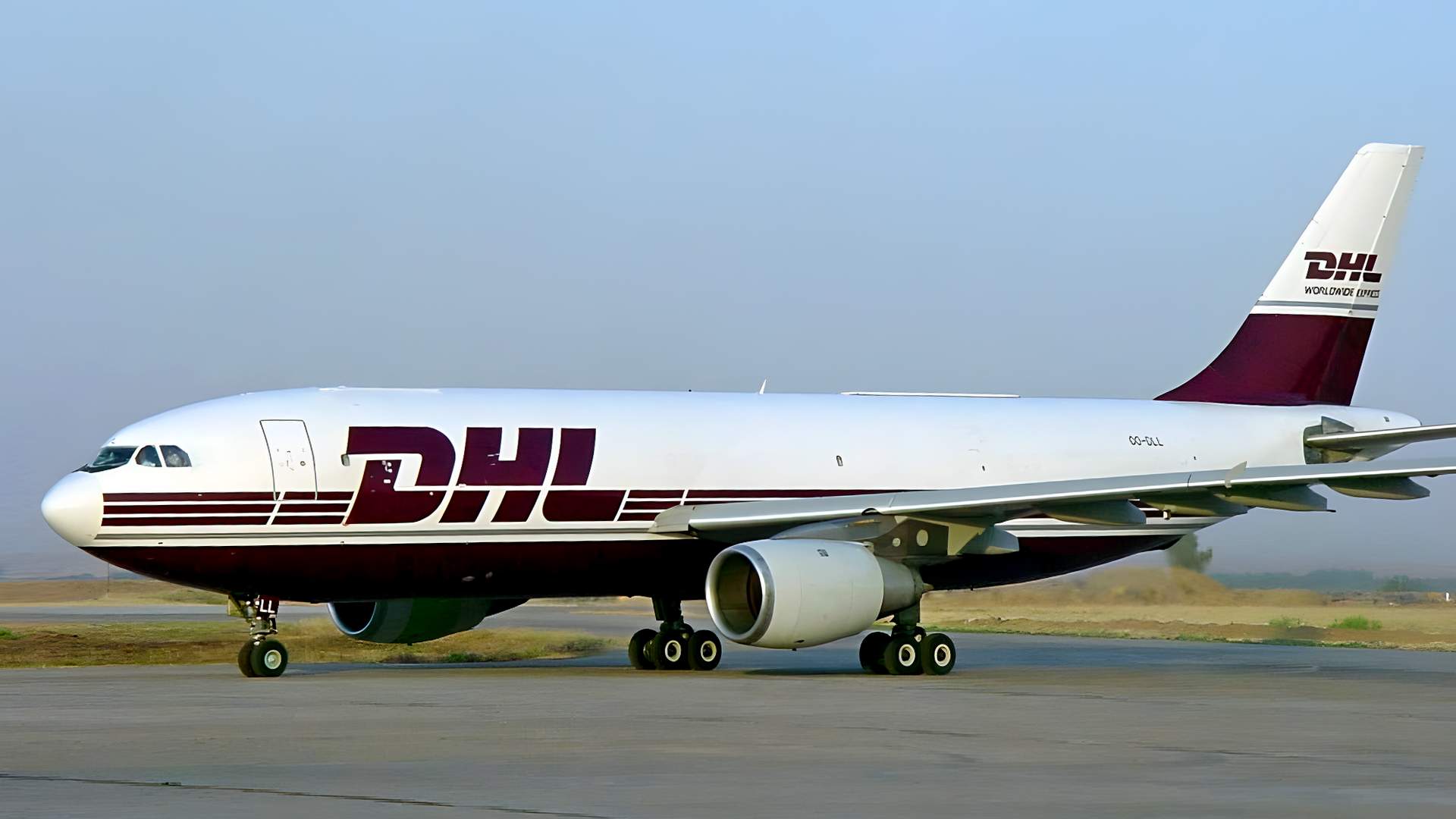
This crew also lost hydraulic pressure in all systems. They also had a fuel leak and structural damage to their left wing. Incredibly, they managed to set up an approach and land. Their aircraft drifted off the runway after touchdown, which almost certainly helped since they didn’t have brakes.
As with all incidents and accidents, the lessons from these two events mean that a third one is even less likely today. But few people today know that NASA flew its MD-11 PCA aircraft, almost a decade before the second of these real-life events.
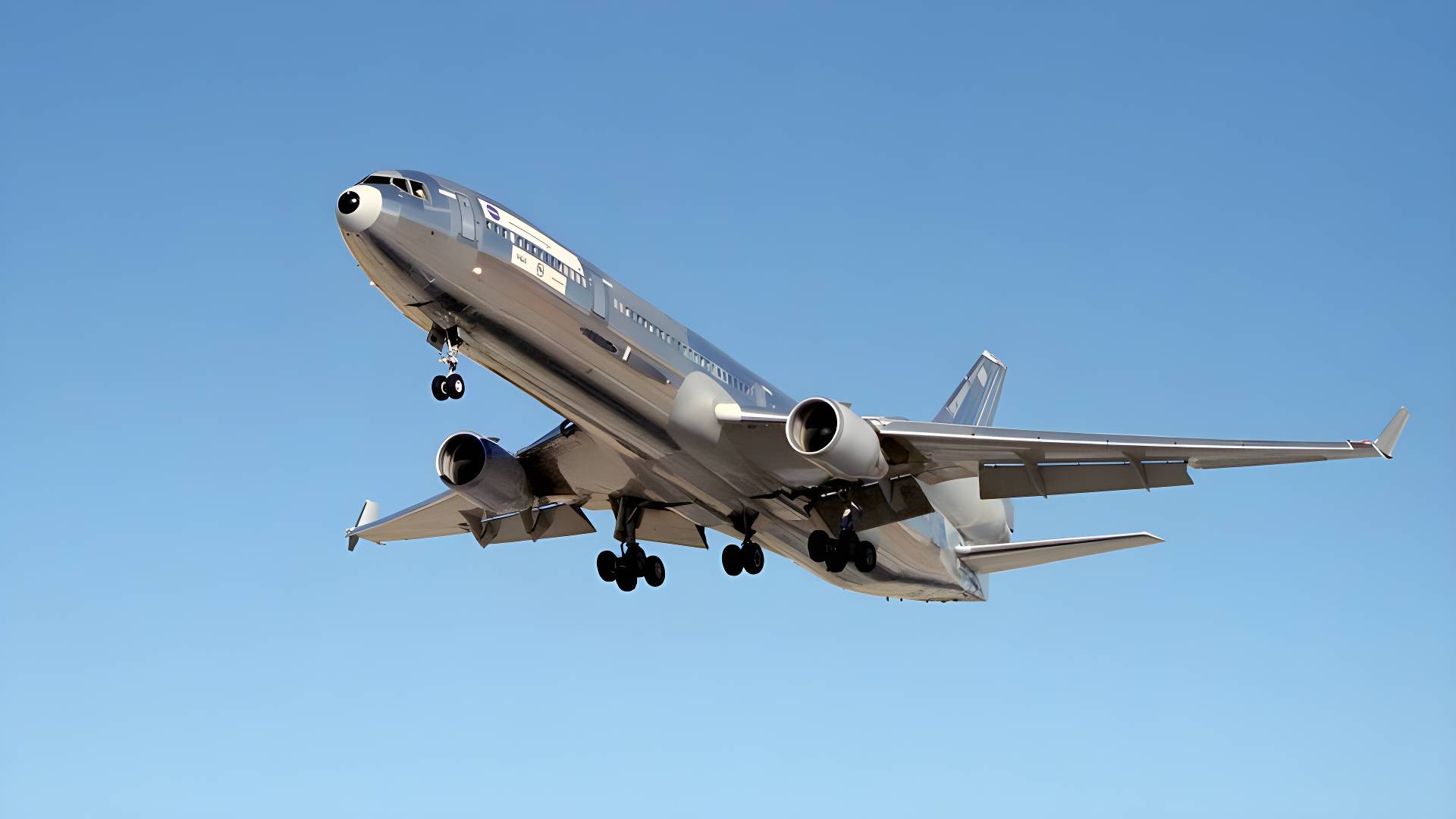
It all began as a rough sketch on a napkin. A NASA Dryden engineer came up with the whole PCA concept, on a flight to meet some McDonnel Douglas engineers and executives. At its origin, the NASA PCA didn’t even involve airliners at all!
The aim of the project was to use existing technology to automate what pilots did in these Black Swan events. “PCA” stands for Propulsion Controlled Aircraft. And the first test platform would be an F-15 fighter jet – which has two engines, and which McDonnell Douglas happened to be making.

NASA PCA – How it Works
Simply put, the first NASA PCA aircraft would use a computer to translate pilot inputs into differential engine thrust commands. For example, increasing thrust on the left engine and decreasing it on the right, would create a right roll moment. Increasing thrust on both engines would cause the nose to pitch up.
This is what the pilots faced with those Black Swan events did. But this is anything but a precise process. With the PCA program, NASA would get a computer to do the job, with much more precision. Its engineers set about to make it happen.
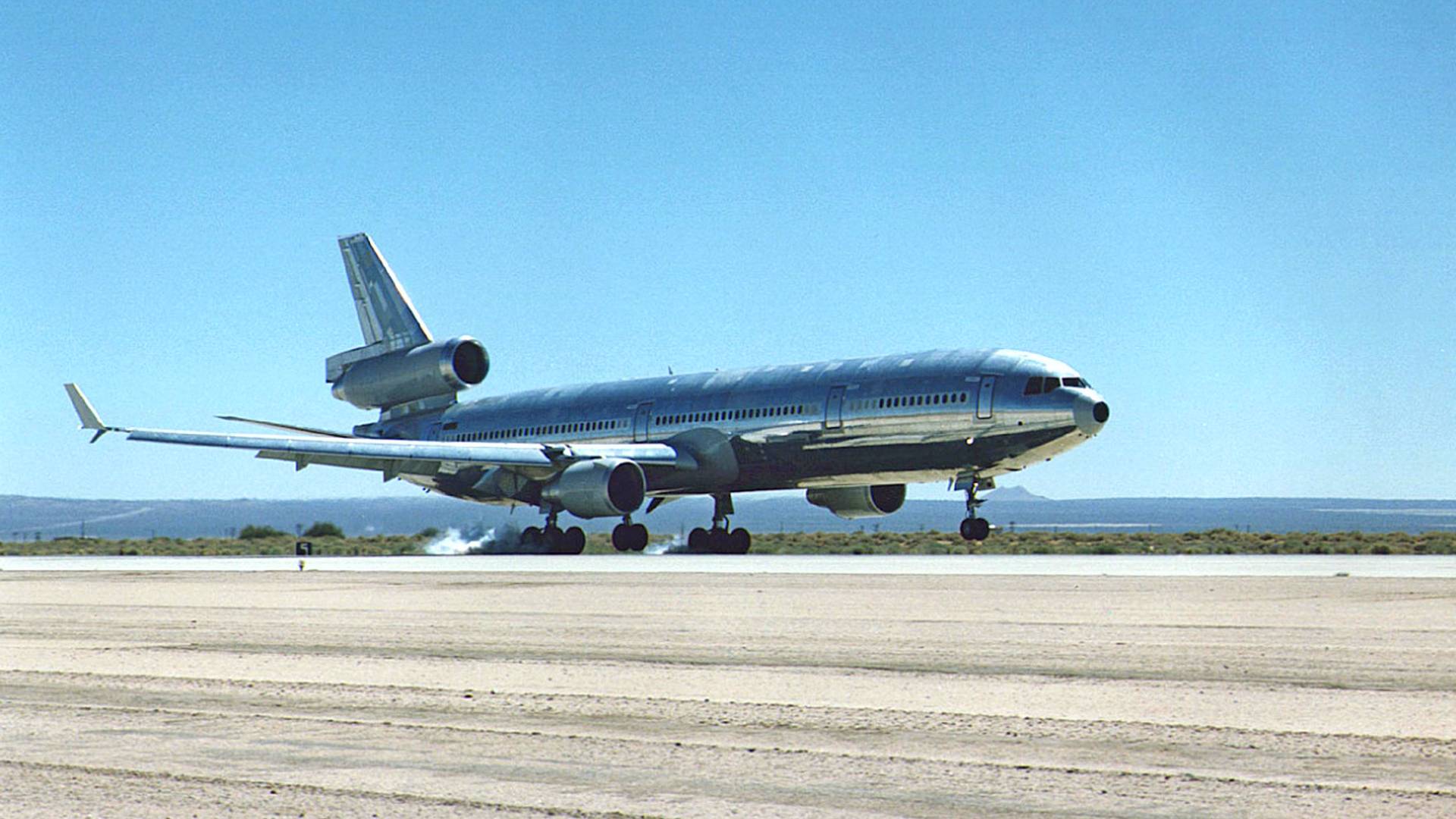
But initial results weren’t particularly encouraging. The first version of the system involved the use of a control stick. Later versions featured separate thumb controls, for pitch and roll. The PCA aircraft needed a lot of fine-tuning, but several NASA pilots managed to land the F-15, using nothing but throttle controls. The first such landings happened on the 21st of April, 1993.
Then things got serious – and BIG. They also got much more refined, functionally. The next NASA PCA aircraft was the MD-11. But instead of a control stick or thumb roll and pitch inputs, the system would use the MD-11’s normal autopilot controls.
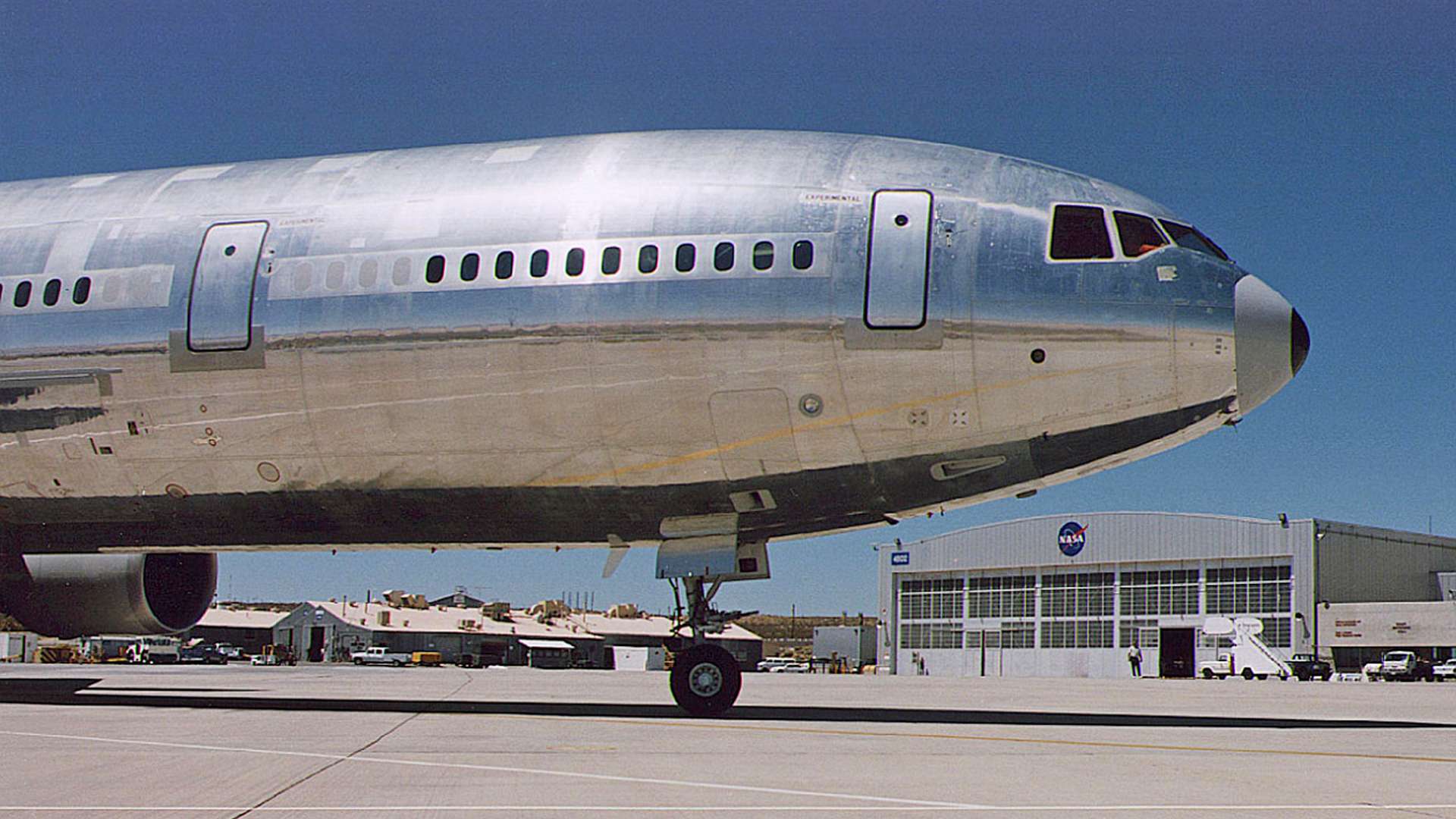
Behind the scenes, the NASA PCA modifications involved a lot of programming in the MD-11’s flight computers. But the idea was that this system would become a flight mode, that airline pilots could simply switch to, if and when necessary.
NASA PCA – Any Legacy?
NASA’s Gordon Fullerton, the same pilot who had made the first successful landing with the PCA F-15, successfully landed the MD-11 for the first time on the 29th of August 1995. The project involved a lot of work between NASA, McDonnell Douglas, Pratt & Whitney, and Honeywell.
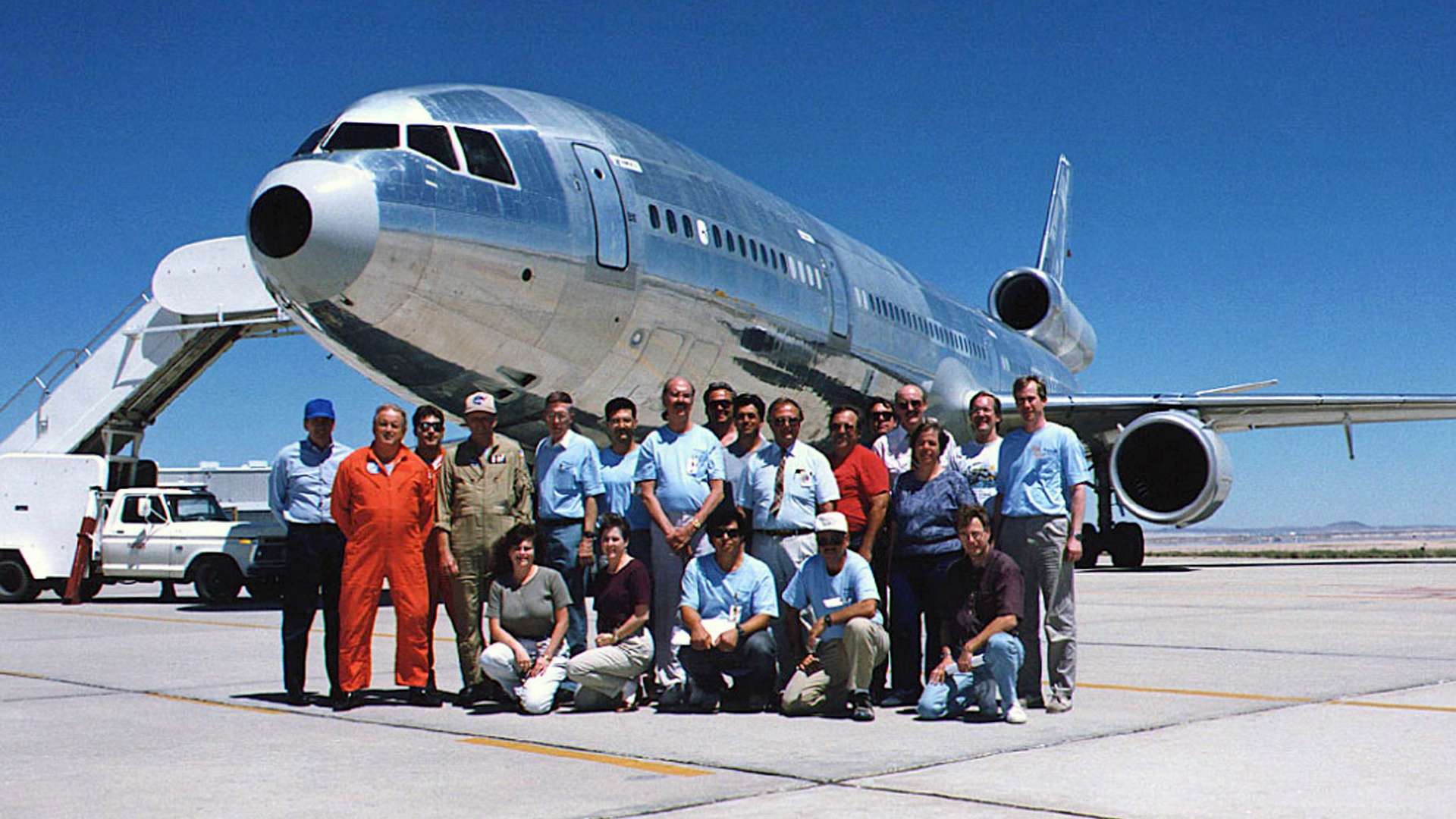
Unfortunately, there is a tragic epilogue in the NASA PCA story. The MD-11 that NASA used later entered service with Delta Air Lines. After a decade of carrying passengers successfully, FedEx bought it and converted it to a freighter, in 2006. In March 2009, this aircraft was destroyed while landing in Narita, Japan, as FedEx flight 80, with the loss of its two pilots.
So, how important is this technology, and are airliners using it today? Well again, there’s a reason why these are called “Black Swan” events: they are incredibly rare, even by aviation accident standards.

But aircraft today are designed with features that allow alternative modes of control if one or more control surfaces become unavailable. Factoring in the pitch and roll effects of the engines is part of this.
Bill Burcham, the Dryden engineer who first drew up the principle of the PCA system on a napkin, said this after the successful NASA flights: “Now that the technology is proven, I hope to see it incorporated into future aircraft designs. I also hope it never has to be used.“



